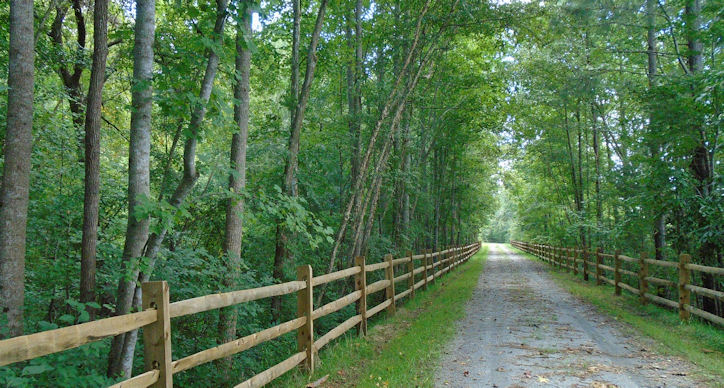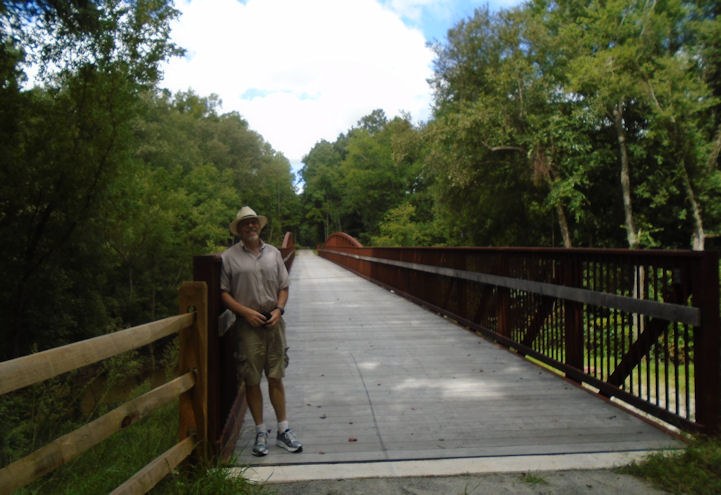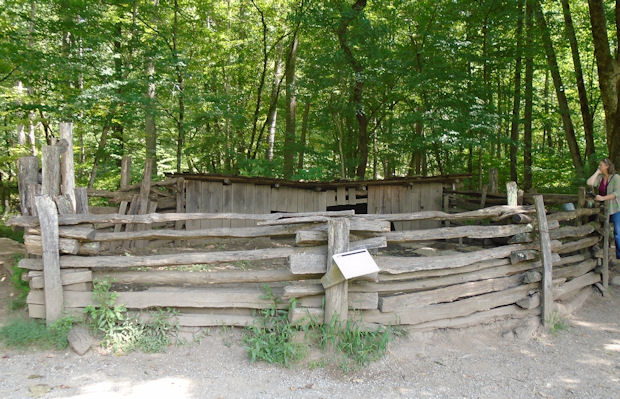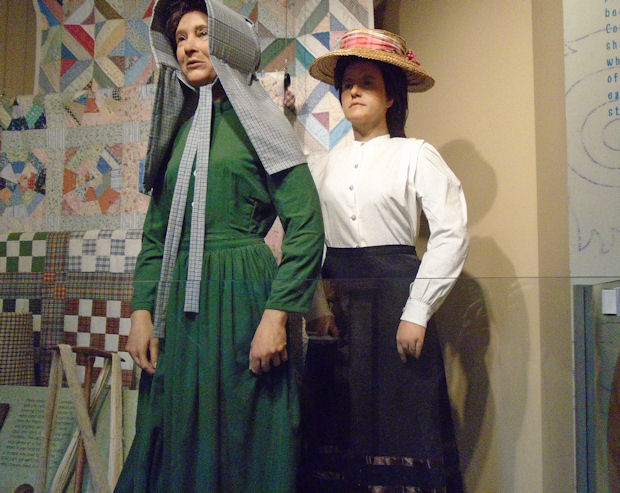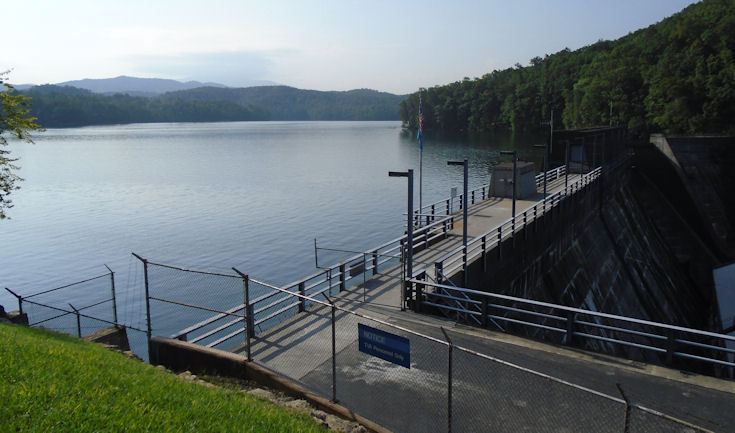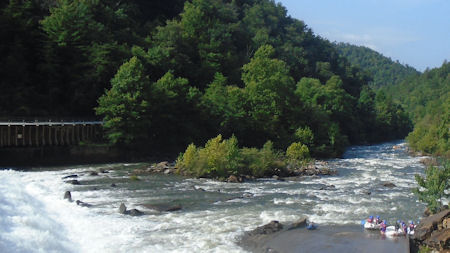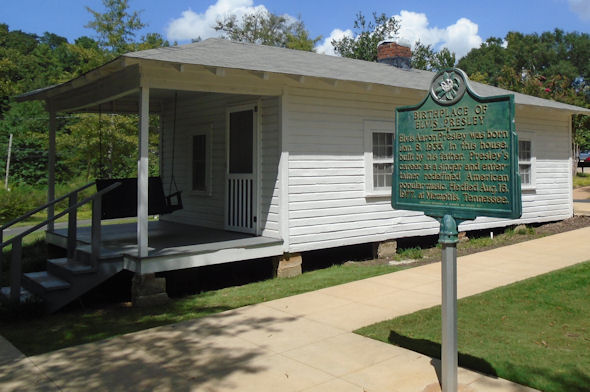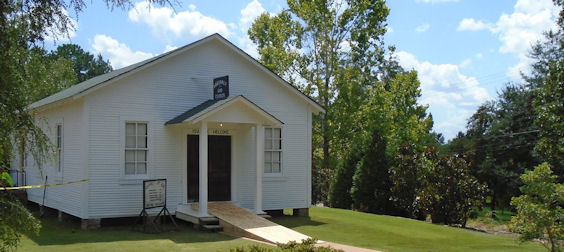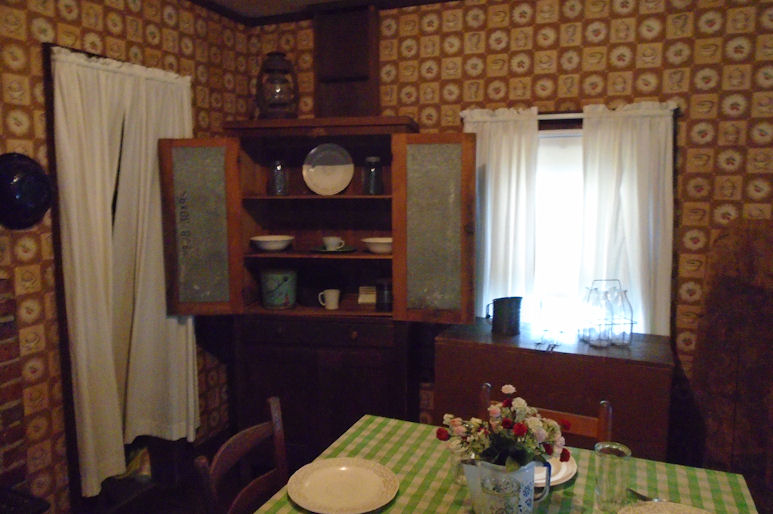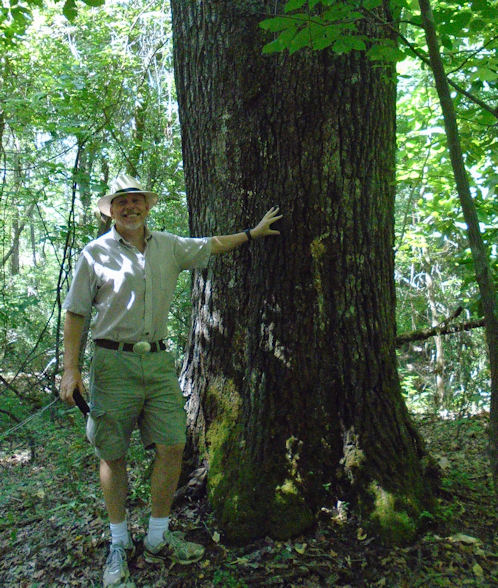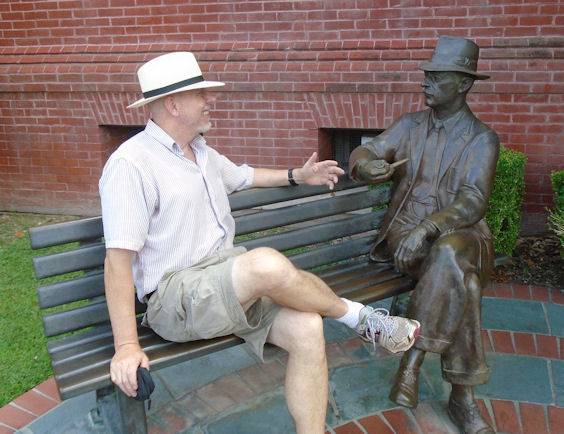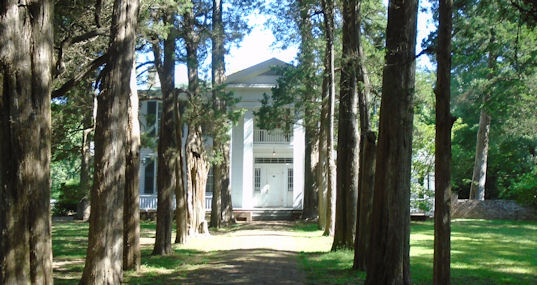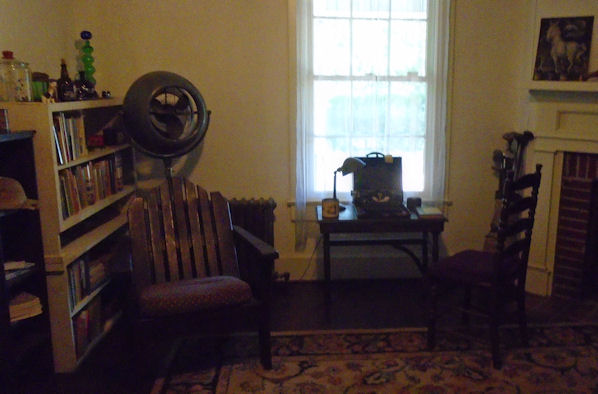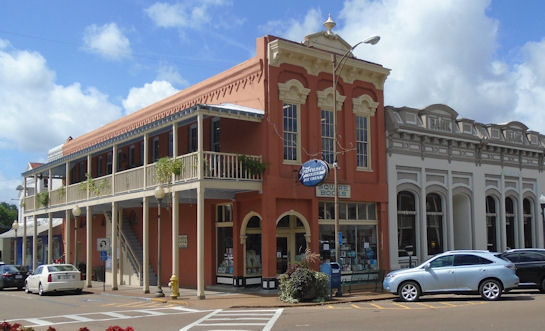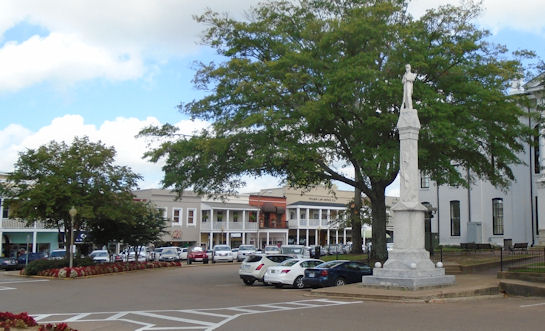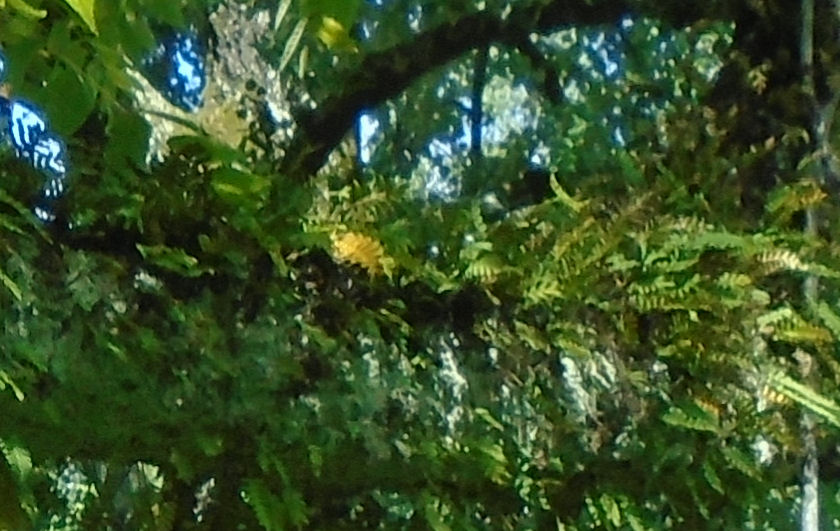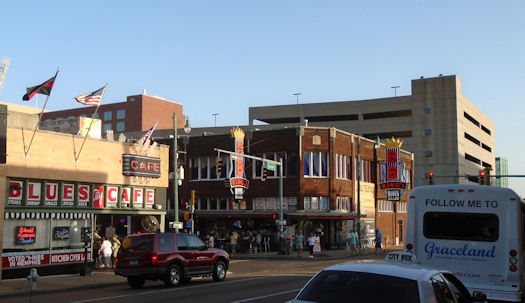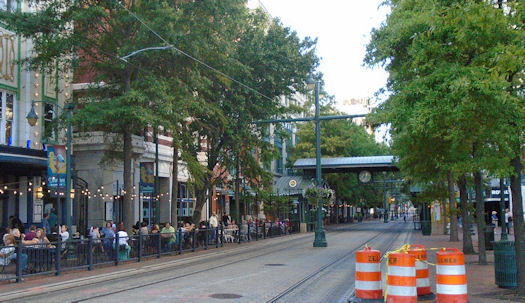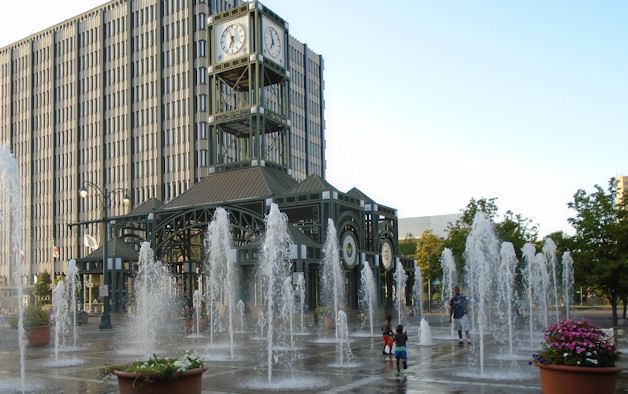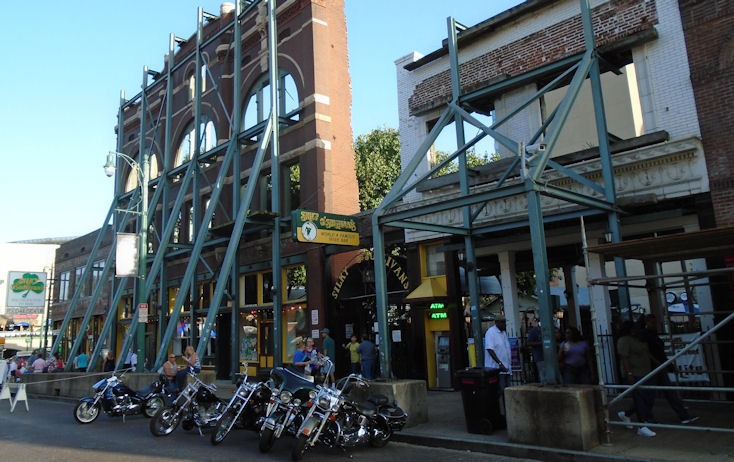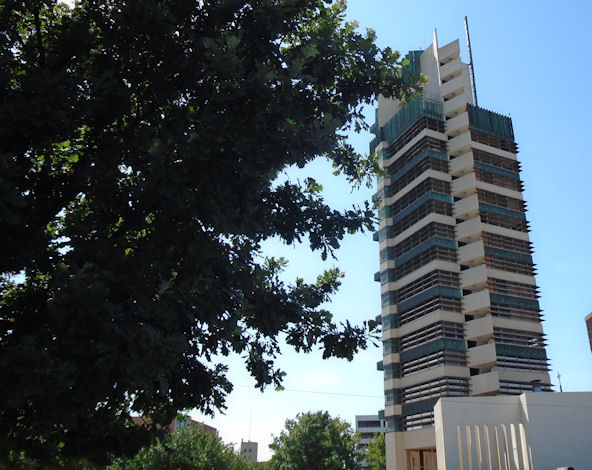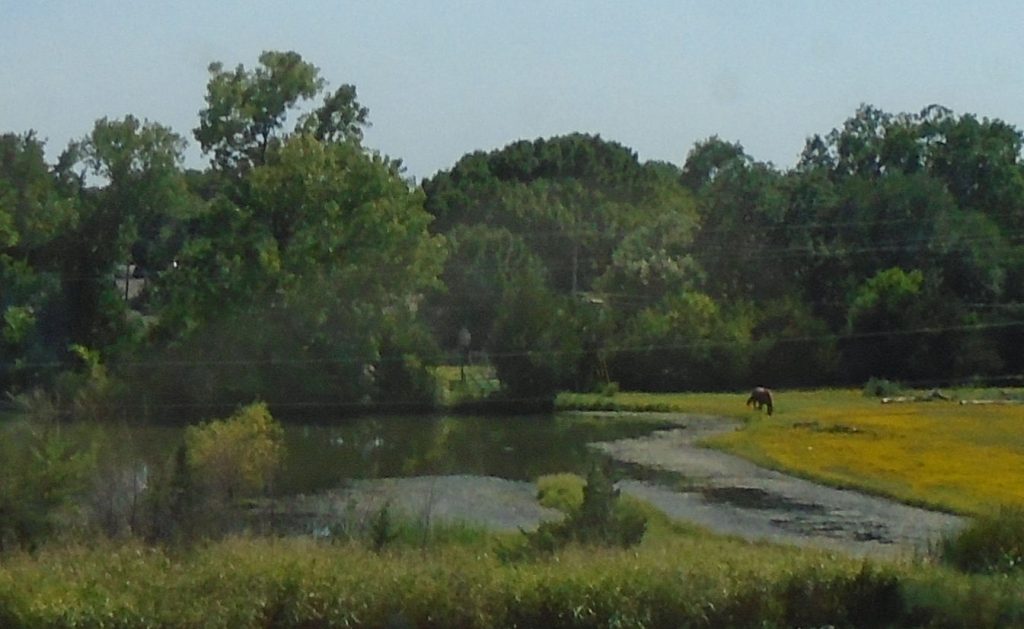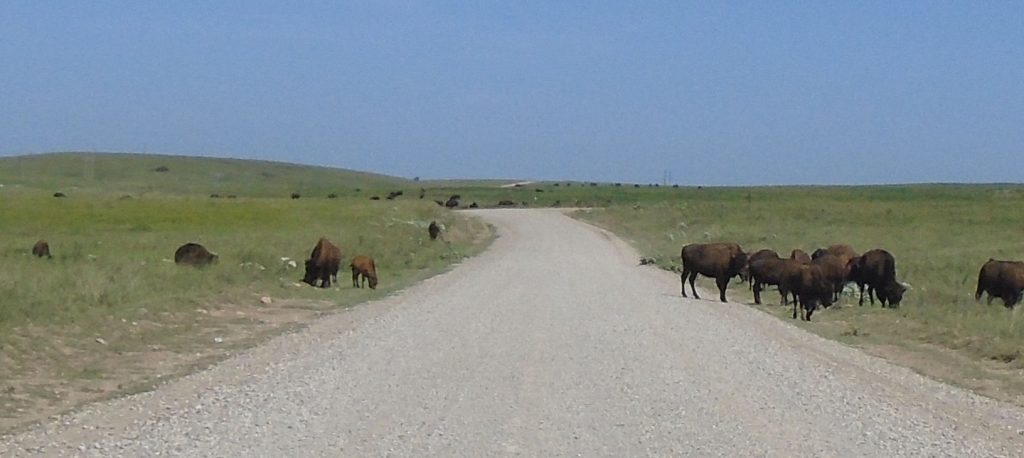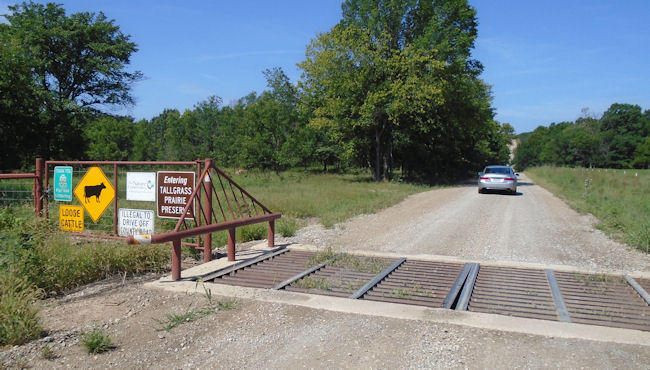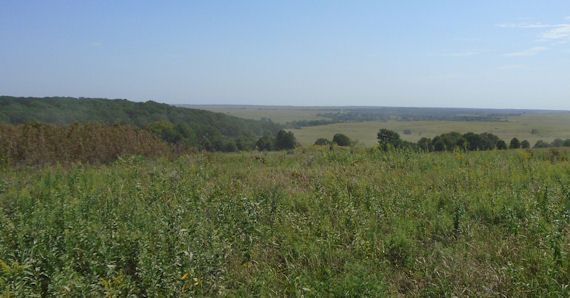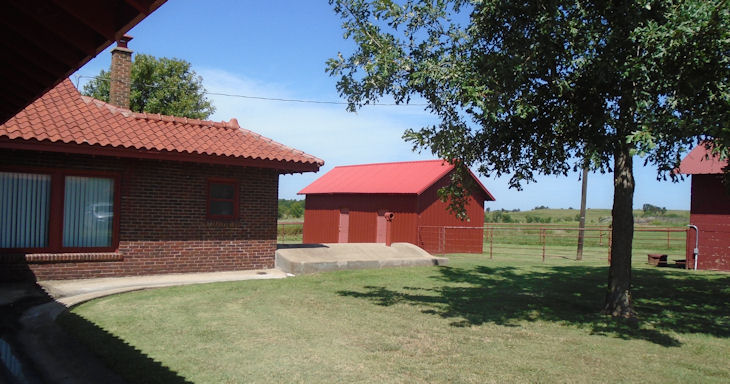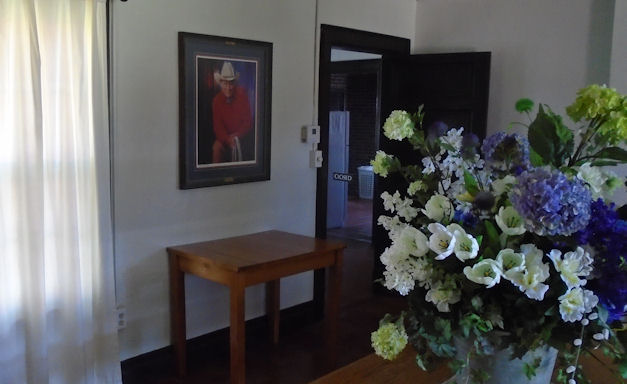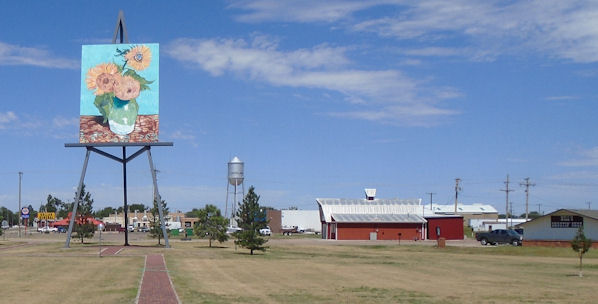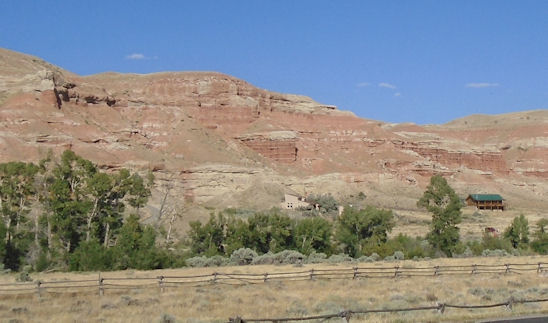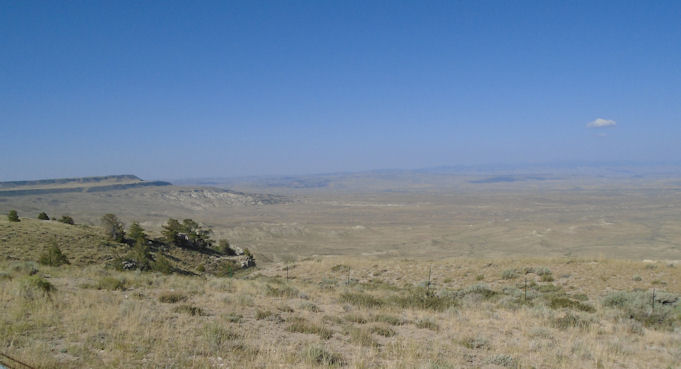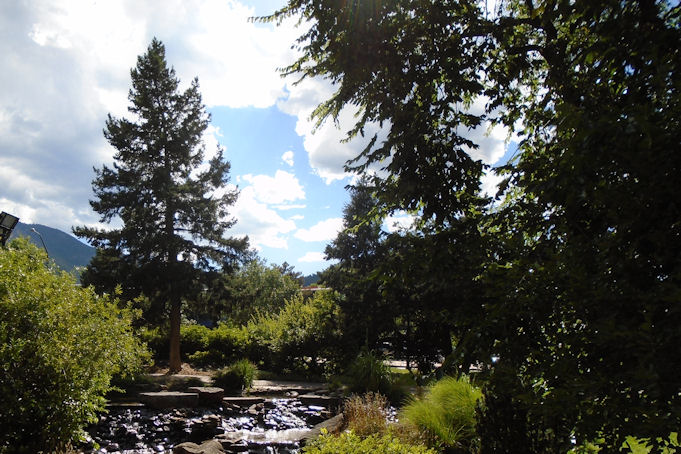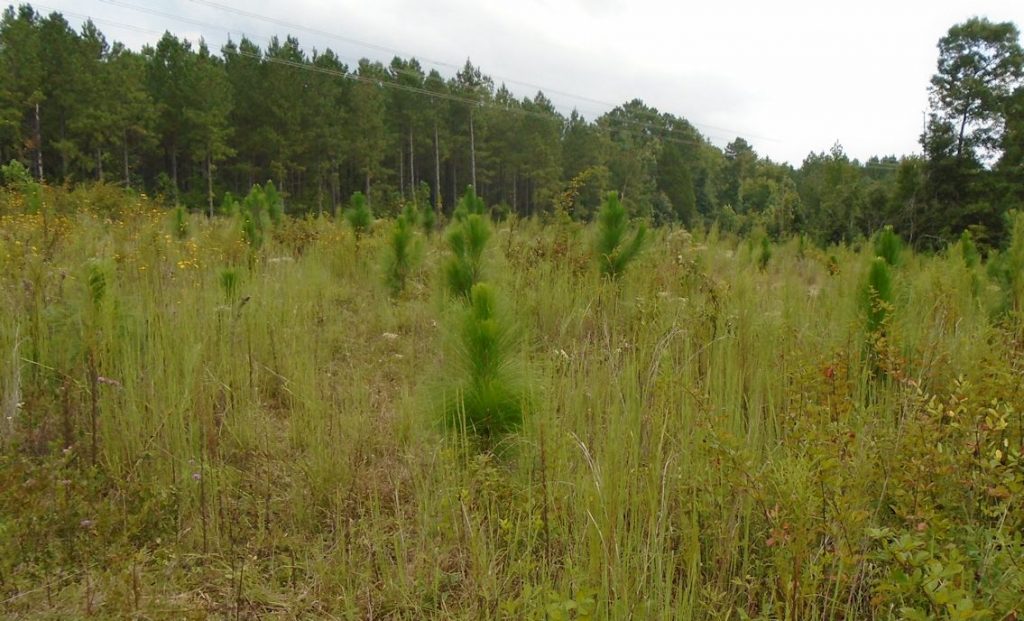
We went down to the farms to plant clover on the new cut over, especially on near the trails, where there is more bare dirt. I was surprised how much had grown up by itself since the land was cut in July. Some is hardwoods sprouted from roots, but other plants are coming up from long-dormant seeds. The clover will hold the soil, provide nitrogen and be good wildlife forage. We will plant new trees in spring, about 400 per acre, thirty acres loblolly and fifteen longleaf and one acre of bald cypress. Loblolly will also seed in from the neighboring trees. In fact, left to their own devices, the loblolly would fill in by itself. It would take a little longer and we would not have the same quality trees, however.
Espen, Alex and Colin helped throw the seed. We did it by hand mostly as a form of performance art. I wanted them to be a part of the regeneration. Probably by the next time we do it, drones will handle much of the job.
I also did some work on our longleaf pine experimental plot. We have about five acres planted in 2012. The trees are doing okay. They have moved out of the grass stage (longleaf look like tufts of grass sometimes for a couple years before the bolt out) and some are now around eight feet high. They did a very good job o site preparation, so there is not too much competing hardwood. I did have to take down a couple dozen volunteer loblolly, however. It is kind of sad for me. If those same trees were growing a little distance away I would be delighted to have them.
It is hard work and I am getting a little too old and weak. The next day there were few places on my body that didn’t hurt. I still do the work with hand tools. I suppose I could succumb to modernity and get tools powered by something other than my aging and now aching muscles.
The first picture shows the little longleaf, now in their third year on site. Next is the new clear cut, 46 acres that we will plant next spring. After that are 19-year-old loblolly across from the longleaf. They were thinned in winter 2010-2011 and I think we will do a second thinning in 2017. The first thinning did them a lot of good and the forest is very robust. The last picture is our place on SR 623. The wildlife meadow has quail. Those tree are 11-years-old loblolly. When we got the place, it looks a lot like that clear cut. You can see the forest evolution in the pictures.

